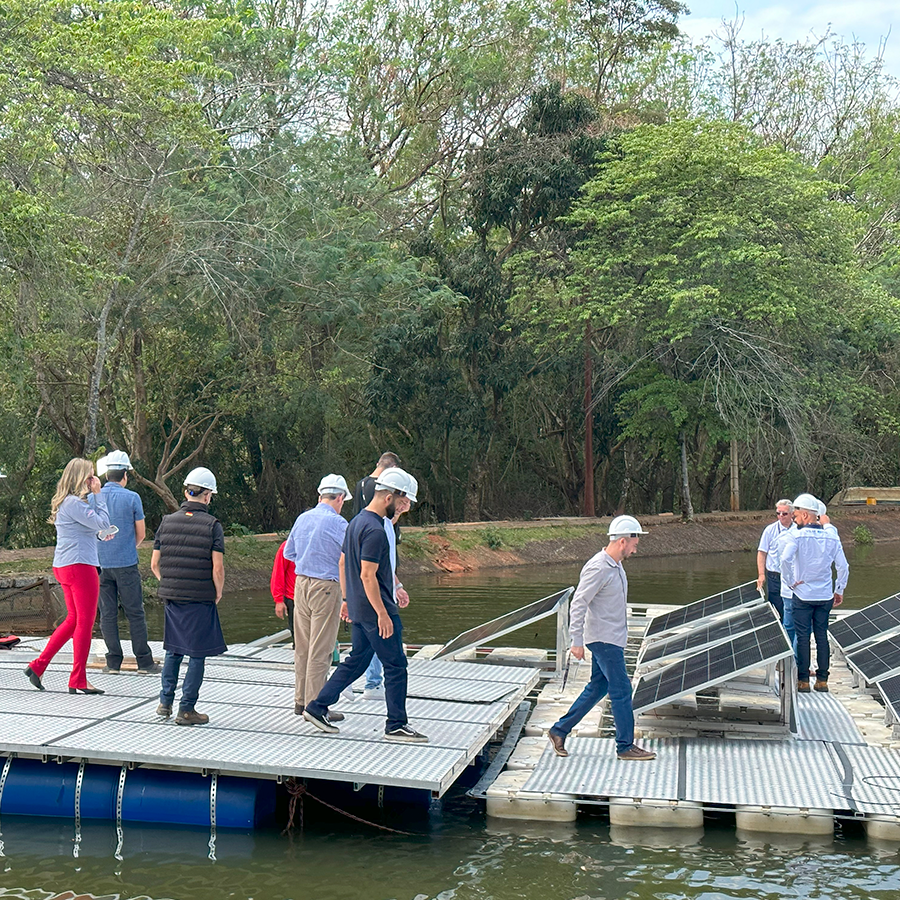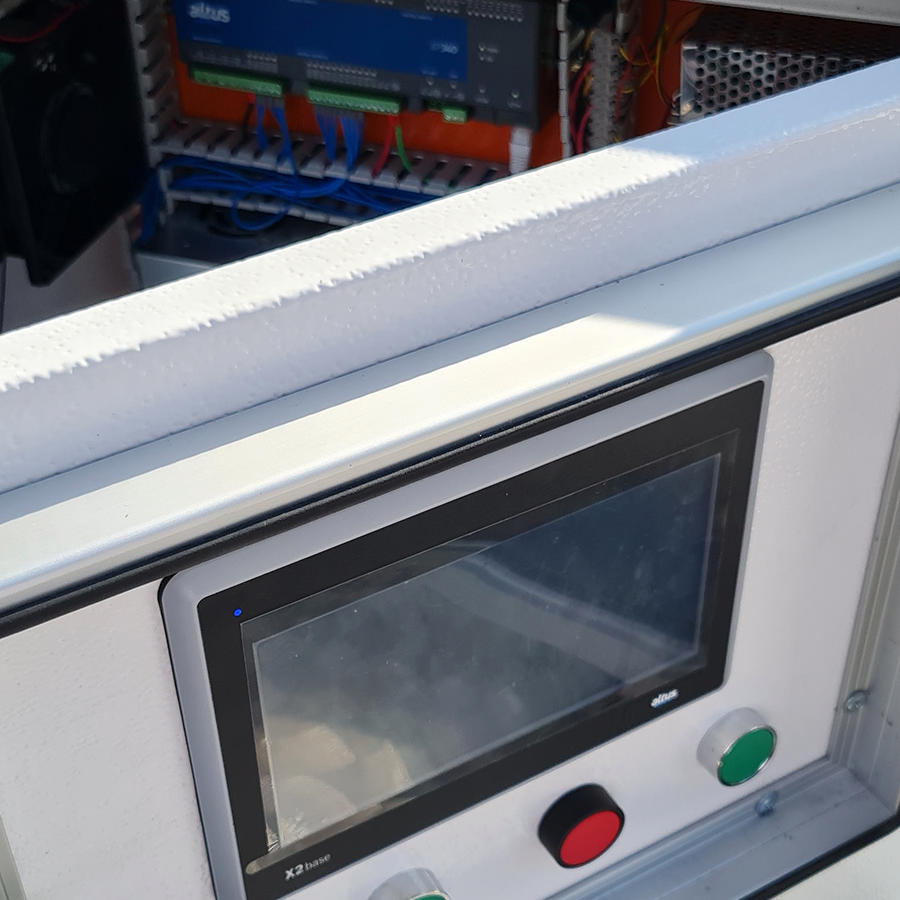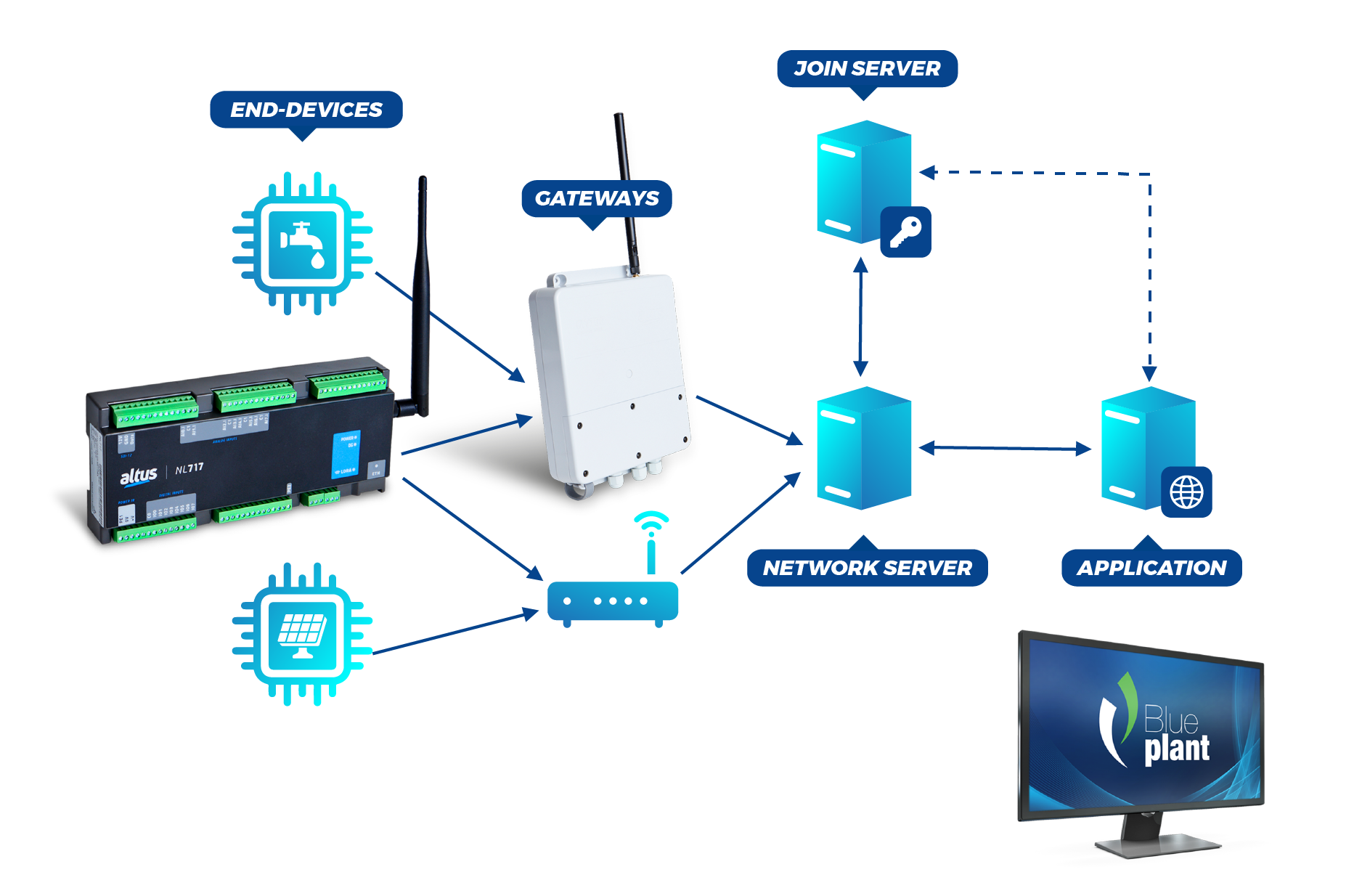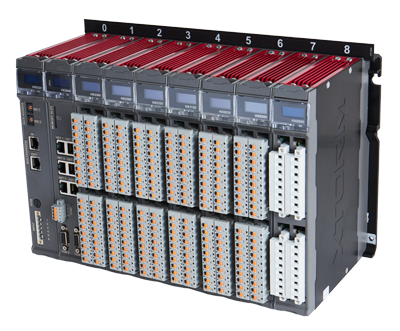
Floating solar plant with Altus control and supervision
Altus has participated in projects in the power sector for over 40 years, contributing to the development of control and supervision technologies that are capable of providing solutions for the segment`s demands. With an extensive history of applications created to guarantee the availability of the national energy generation park, the high technology embedded in the company`s solutions contributes to the production of around 15% of the energy generated in the country.
Today, in addition to guaranteeing the stability and operation of traditional energy generation projects, such as UHEs, UTEs and PCHs, the technology of Altus products is also present in new projects for the generation of sustainable and renewable energy.
Among these new projects is the development of a solution for the implementation of floating solar plants in river environments, such as lakes, reservoirs and dams. With sustainable installation and high return on investment, this type of project can be an excellent alternative energy generation option for the national industry.
Follow us through the next paragraphs and find out what a floating solar plant is, how it works and what role Altus technology plays. We will also talk about the national energy market and other 4.0 technologies for the sector. Good reading!
What is a Floating Solar Power Plant?
In recent years, solar energy has been a very important alternative in the distributed generation of electricity, and many technologies have been developed based on it, occupying space in centralized generation and encompassing large power plants. Among these technologies are floating solar plants, sustainable installations with very low environmental impact and high return on investment.
The operation of such a unit is similar to that of a solar energy generation plant with panels installed on the roof or on the ground of the property. However, in floating plants, the panels hover over the water. For this, they are attached to floats, which ensure that the plates will not sink and will be at the right angle to capture sunlight.
These floats can be made of High Density Polyethylene (HDPE), with the structures of the PVs in pultruded plastic reinforced with fiberglass or aluminum. The structures also have a metal ring to ensure mechanical, electrical and anchoring integrity.

Environment for displaying the solution at the event
That`s where Altus technology comes in! The XP325 PLC, a model from the Nexto Xpress family of compact and IoT-Ready programmable controllers, was the equipment chosen to act as a central piece in the plant`s control system. He is responsible for controlling the thrusters and the system anchor, allowing the set to adjust its course to be in the most energy efficient position for the moment.
Another Altus product used in the project was the high-performance HMI, equipment used for displacement control and system supervision.

Vessel control panel
Why invest in a floating solar plant
The conditions of the Brazilian ecosystem are extremely favorable in relation to the necessary environment for floating solar plants. According to the National Water Agency, the country has more than 420,000 lakes registered in the country. In addition to many natural water bodies, the country also has several artificial reservoirs due to the areas occupied by dams of hydroelectric plants.
Among the main benefits of installing a floating solar plant in the reservoir of a hydroelectric plant, we can mention the liberation of productive land, the reduction of water evaporation by up to 70% and the tracking capacity, in addition to the ease of cleaning the structure and energy efficiency.
Lower temperatures under the water`s surface also drive solar photovoltaic power generation. In areas susceptible to drought or in hydroelectric dams, these benefits prove to be extremely useful.
Renewable sources are the highlight of the Brazilian electricity matrix in 2023
The Brazilian electrical matrix is formed by the set of sources used to generate electricity in the national territory. According to data published by the Generation Information System, Brazil has an installed capacity of 193.9 GW, around 83% of which is composed of renewable energy sources. These numbers make the Brazilian energy matrix considered one of the most renewable in the world.
Hydraulic-based undertakings, such as UHEs and PCHs, are responsible for generating most of the energy in the country (57%). However, energy from wind and solar sources has also been gaining prominence in recent years, contributing to the Brazilian electrical matrix continuing to grow in a sustainable way.
According to data published by ANEEL, Brazil ended the first half of 2023 with an increase of 5.1 gigawatts in installed capacity for power generating. Renewable sources were responsible for 3.3 gigawatts of this total, 49.15% of which came from wind power plants and 37.19% from solar photovoltaics.
According to the agency, of the 160 plants that went into commercial operation in the period, 67 are from wind sources, bringing together 2.3 GW (44.53% of the total of 5.1 GW); 59 are photovoltaic solar, with 2.2 GW (42.76%); 23 are thermoelectric plants, with 521.4 MW (10.13%); eight are small hydroelectric plants (PCHs), with 121.5 MW (2.36%); and three are hydroelectric power stations, with 11.4 MW (0.22%).
In order to provide more connectivity, security and stability to the communication to the power generation processes, new products and technologies have been developed. In the next few paragraphs we`ll talk about some of these technologies and the products that make use of them.
LoRa technology and its use to improve energy efficiency
LoRa is a long-range and low-power radiocommunication technology widely used in various applications in the IoT universe. The protocol operates by sending small data packets, which speeds up communication. Developed based on an open standard, the protocol is capable of connecting different devices in a low-power network, allowing them to operate with energy efficiency and high data transmission capacity.
The use of wireless data communication technologies in automation, data collection and telemetry systems is a growing trend, especially as a driving force behind the revolutions brought about by Industry 4.0. The advantages of using wireless technology are numerous and its dissemination is still below its real potential, mainly due to doubts about the security, stability and reliability of this type of communication.
Wireless communication solutions reduce cabling, installation and commissioning costs, even impacting the maintenance stage, allowing access to data that could not be accessed by wired technologies. Accessing and analyzing this data can avoid unnecessary stops in processes and systems, which increases their availability, productivity and security in the available infrastructure.

You can use LoRa technology to improve energy efficiency in several ways. First, LoRa allows the deployment of energy monitoring sensors in different equipment and industrial processes. These sensors can collect real-time data on energy consumption, enabling a detailed and accurate view of the industry`s consumption profile. Based on this data, the company can identify areas of energy waste or inefficiency and implement corrective measures.
Furthermore, LoRa enables efficient and reliable communication between IoT devices in industry, such as sensors, actuators and controllers. This allows the implementation of intelligent control systems, in which devices can exchange information about the operating state, adjust parameters according to demand and optimize energy consumption in real time.
The use of the LoRa protocol also offers the advantage of a low-cost and low-power communication infrastructure. Long range technology allows covering large industrial areas with few antennas, reducing the need for additional infrastructure. In addition, the low power consumption of LoRa devices extends battery life, eliminating the need for frequent replacement.
Robustness and performance for the energy market with the Hadron Xtorm RTU
 Another outstanding product that we presented at both fairs were the remote terminal units of the Hadron Xtorm Series, robust and high-performance products for the generation, transmission and distribution of electricity. Developed based on international standards IEC 61850 and IEC 61131-3, Hadron Xtorm products have outstanding features, such as redundancy of power supplies, redundancy of CPUs in a rack, DNP3 and IEC 61850 protocols (MMS and GOOSE) and service to ONS sub-module 2.7. As a modular architecture solution, RTU provides a wide variety of input and output modules that, combined with its powerful 32-bit CPU and a bus based on high-speed deterministic Ethernet, meet the requirements of various applications.
Another outstanding product that we presented at both fairs were the remote terminal units of the Hadron Xtorm Series, robust and high-performance products for the generation, transmission and distribution of electricity. Developed based on international standards IEC 61850 and IEC 61131-3, Hadron Xtorm products have outstanding features, such as redundancy of power supplies, redundancy of CPUs in a rack, DNP3 and IEC 61850 protocols (MMS and GOOSE) and service to ONS sub-module 2.7. As a modular architecture solution, RTU provides a wide variety of input and output modules that, combined with its powerful 32-bit CPU and a bus based on high-speed deterministic Ethernet, meet the requirements of various applications.
As a global supplier for the segment, Altus has extensive experience in developing solutions for the national energy sector. The high technological level of our products and the capacity of our technical staff allow the company to create innovative solutions aimed at the productivity and availability of the operation and maintenance of systems. These facts qualify the company to implement projects of different magnitudes in the areas of Generation, Transmission and Distribution of energy, in addition to the renewable energy segment.








